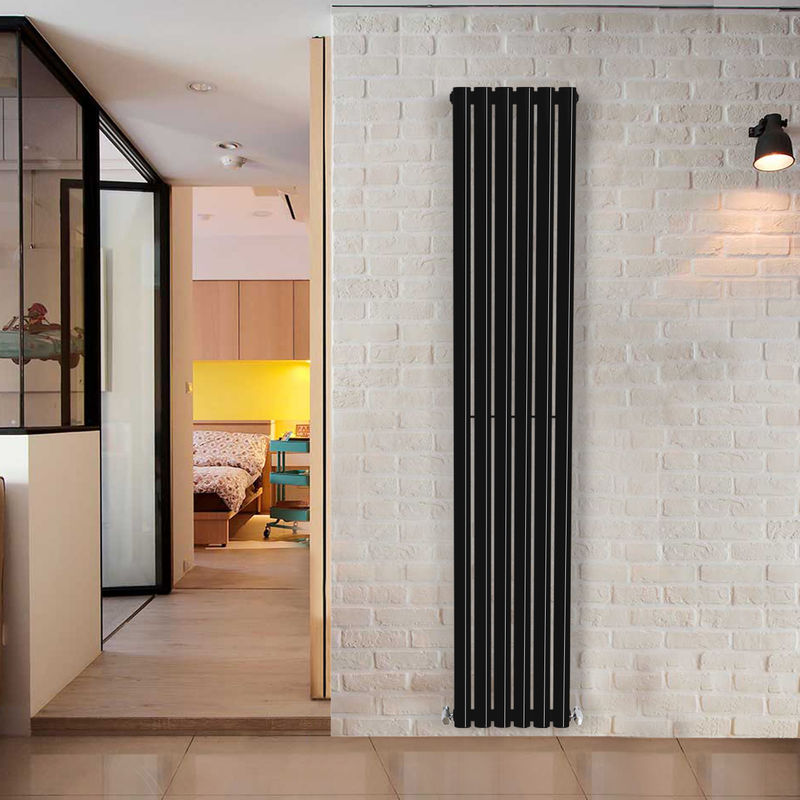Buying a new radiator? Don’t forget your valves!
Right now, as I’m writing this, we may be in the middle of summer, but that doesn’t mean Autumn is waiting around. With all the adverts around for back to school stuff and even a few stores stocking Halloween candy already, Autumn is going to come full force without us even realizing it.
So before we go from having the porch door open all day long to getting blankets out of the drawers, one key area I want to look at is radiator valves. In a few weeks when those first few colder days come in, you may find yourself going from room to room letting air out of radiators and tinkering around with your valves.
If you know your radiator valves have seen better days, and you’re concerned that it’s going to end up costing you more money when it’s the time of year to have the home heating on, here are some tips on what you should be looking out for when you buy a new radiator valve. Remember, it’s all about getting the right product at the right price!
Get a matching color/finish
When your radiator is painted a certain way, it isn’t referred to as “color” but “finish”. The same goes for valves and other accessories. Picking a matching finish when buying a new radiator, or else you could end up with something that doesn’t fit at all.
As an example, let’s say you have a home full of traditional white radiators and want to keep things looking fine. You’d be best to shop around for matching white valves, as opposed to thinking you’ll snag a bargain with brass or silver valves. I think of it like cufflinks on a shirt; pick a lousy pair and everyone is going to notice.
Get the right shaped valve
This was news to me finding out for the first time, but radiator valves aren’t all made the same way. There are actually three distinctive shapes you could have in your home: angled, corner and straight.
Angled radiators valves are the most common, and you’d have them when your radiator needs to meet the pipe coming out of the floor at a right angle. Corner valves are when your radiators need to meet the pipe coming out from the wall at a right angle. Straight valves are when the pipe and radiator meet in a straight line with no bend at all.
Make sure you know what shape you need from your valves before you buy the wrong one and are left with a useless set of valves.
Get the right type
Are you the kind of person who will just turn the heating on and let it go no problem at all, or are you someone who prefers to know that the temperature gets set to a specific number in every room? If you’re the former, you’ll want to shop for cheap manual radiator valves. They’re not fancy at all and will be the cheapest you can get.
If you’re the latter, a thermostatic radiator valve is the way to go. They have a little cap with an internal thermometer which controls how much water it will let in the radiator. In turn, this controls how hot the radiator gets and how warm your room will be.
They’re ideal in the busiest rooms in the home where temperature needs keeping in check.
Get the right thread size
Most radiator valves will have a 15mm diameter, but not all pipes and radiators have one. Double-check what thread size you need to get when buying a valve. If it’s the case that your radiator is one size, and the pipe another, you can buy valve threads which enlarge or reduce the valve size so you can connect it no problem at all.
About to take a look at your radiators?
I hope you enjoyed this brief look at all things radiator valves. If you’re about to start taking a look at yours, I recommend reading this post on how to save on heating bills in the winter.




